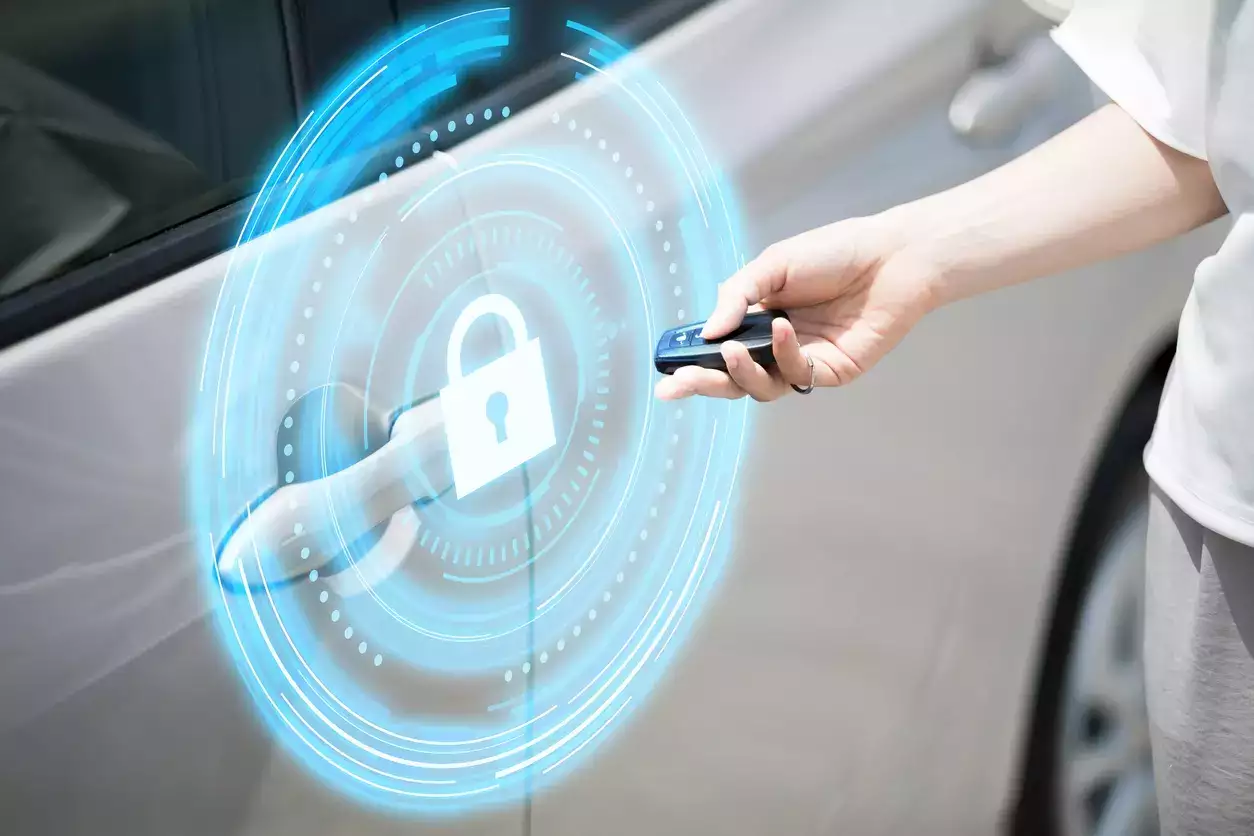
Threats
Keyless entry systems in vehicles include numerous security features designed to deter theft. However, as automotive technology evolves, so do the techniques and tools used by hackers. This has pressured manufacturers to focus on developing innovative solutions to combat theft.
Madhuchhanda Palit, an Automotive Analyst at GlobalData, states, "The keyless entry system in vehicles incorporates numerous security features to deter theft. Nevertheless, as automotive technology progresses, so too do the techniques and tools employed by hackers. This evolution has compelled manufacturers to concentrate on developing innovative solutions to thwart theft."

Focus on cybersecurity
Various innovations have been introduced to mitigate these risks, each at different phases of development. Innovations, like those designed to prevent vehicle relay attacks, are currently in accelerated development stages and are being increasingly adopted. These innovations seek to block unauthorised access by criminals who exploit radio signals to capture and replicate electronic signals from a vehicle's smart keys.
Leading companies in the industry, such as Denso, Tokai Rika, and Aisin, are committed to enhancing security and user convenience through innovation. Denso, for instance, has developed a patented vehicle authentication system that includes a ring-type wearable device, an in-vehicle apparatus, and a communication terminal to authenticate vehicle usage. This system uses both short-range and wide-area communication modules to verify user identity, aiming to boost security while maintaining user convenience.
Besides reconciling security and convenience, manufacturers are also focusing on innovations specifically designed for autonomous vehicles. One such innovation, still in its early implementation stages, is decentralised autonomous vehicle (AV) authentication. This concept employs different methods and systems to streamline the authentication process for occupants of autonomous vehicles, enhancing both security and efficiency.
Madhuchhanda Palit states, "The adoption of keyless entry systems has surged among consumers, primarily due to the convenience they offer. However, anticipated security threats could potentially hinder growth in this sector. Manufacturers are investing time and resources to mitigate these risks and bolster market expansion, thereby driving technological advancements and innovations within the industry. Furthermore, the introduction of advanced technologies, such as autonomous vehicles, is transforming the dynamics of vehicle access systems. This evolution necessitates continual innovation to keep pace with the changing landscape of the sector."
While keyless entry systems provide significant benefits in terms of convenience and aesthetics, their vulnerability to theft poses a significant challenge. The industry is responding with new technologies to secure vehicles against evolving threats. As both traditional and autonomous vehicles continue to develop, ongoing innovation in vehicle access systems will be crucial to ensuring both convenience and security for consumers.
Disclaimer: The copyright of this article belongs to the original author. Reposting this article is solely for the purpose of information dissemination and does not constitute any investment advice. If there is any infringement, please contact us immediately. We will make corrections or deletions as necessary. Thank you.





